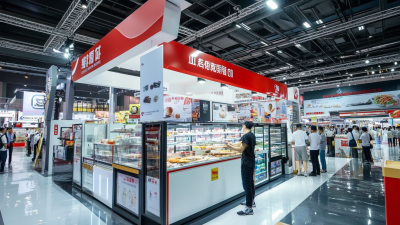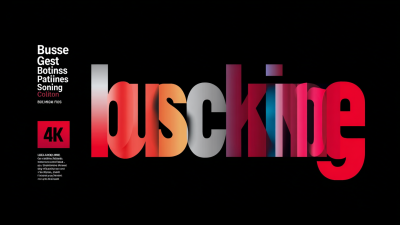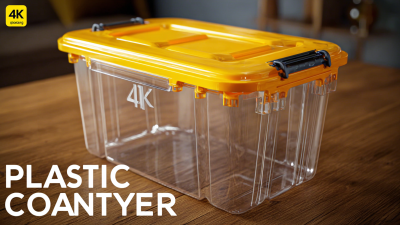As the global demand for environmentally friendly solutions intensifies, the beverage industry is increasingly focusing on sustainable innovations in bottle packaging. According to a report by Smithers Pira, the global sustainable packaging market is projected to reach $475 billion by 2026, with bottle packaging playing a pivotal role in this transformation. In fact, over 50% of consumers consider packaging sustainability important when making purchasing decisions, highlighting a significant shift toward eco-friendly designs.
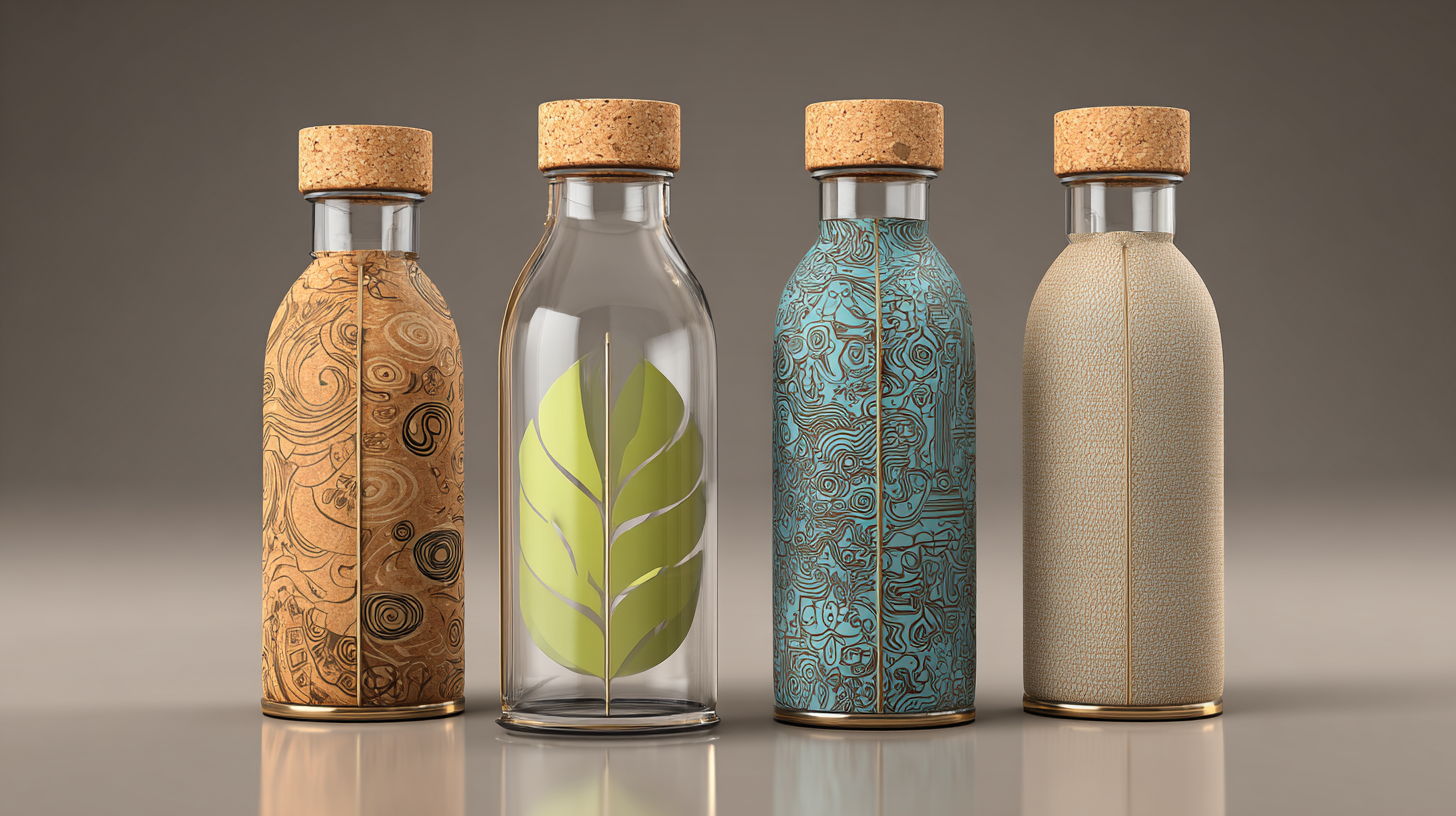
As companies strive to meet these expectations, innovative materials such as bioplastics, recycled PET, and lightweighting techniques are becoming essential in the ever-evolving landscape of bottle packaging. This exploration of sustainable innovations not only addresses environmental concerns but also offers brands a competitive edge in an increasingly conscientious market. By prioritizing sustainable bottle packaging solutions, the industry can move towards a more sustainable future, ultimately reducing its ecological footprint while catering to the growing demand for responsible consumerism.
The push for sustainability in packaging has led to remarkable innovations in bottle design, especially through the use of innovative materials. Traditional plastic bottles are being phased out in favor of bioplastics made from renewable resources like cornstarch or sugarcane, which can decompose under the right conditions. Additionally, advancements in glass technology have introduced lighter, more durable glass that reduces carbon footprints during transportation. These changes not only benefit the environment but also meet the growing consumer demand for eco-friendly products.
**Tips for Choosing Eco-Friendly Bottles:**
1. Look for bottles made from recycled or biodegradable materials, ensuring your purchase supports the circular economy.
2. Always check for certifications such as the FSC (Forest Stewardship Council) mark, which guarantees sustainable sourcing.
3. Opt for companies that offer return programs for bottle recycling or those who implement take-back schemes, reinforcing sustainability in your purchasing decisions.
Moreover, the use of innovative additives in materials can enhance the lifespan of bottles while maintaining their eco-friendliness. For instance, some manufacturers are now integrating natural additives that extend product shelf life without harmful chemicals. It's a win-win solution that keeps beverages fresh longer while being considerate of the planet.
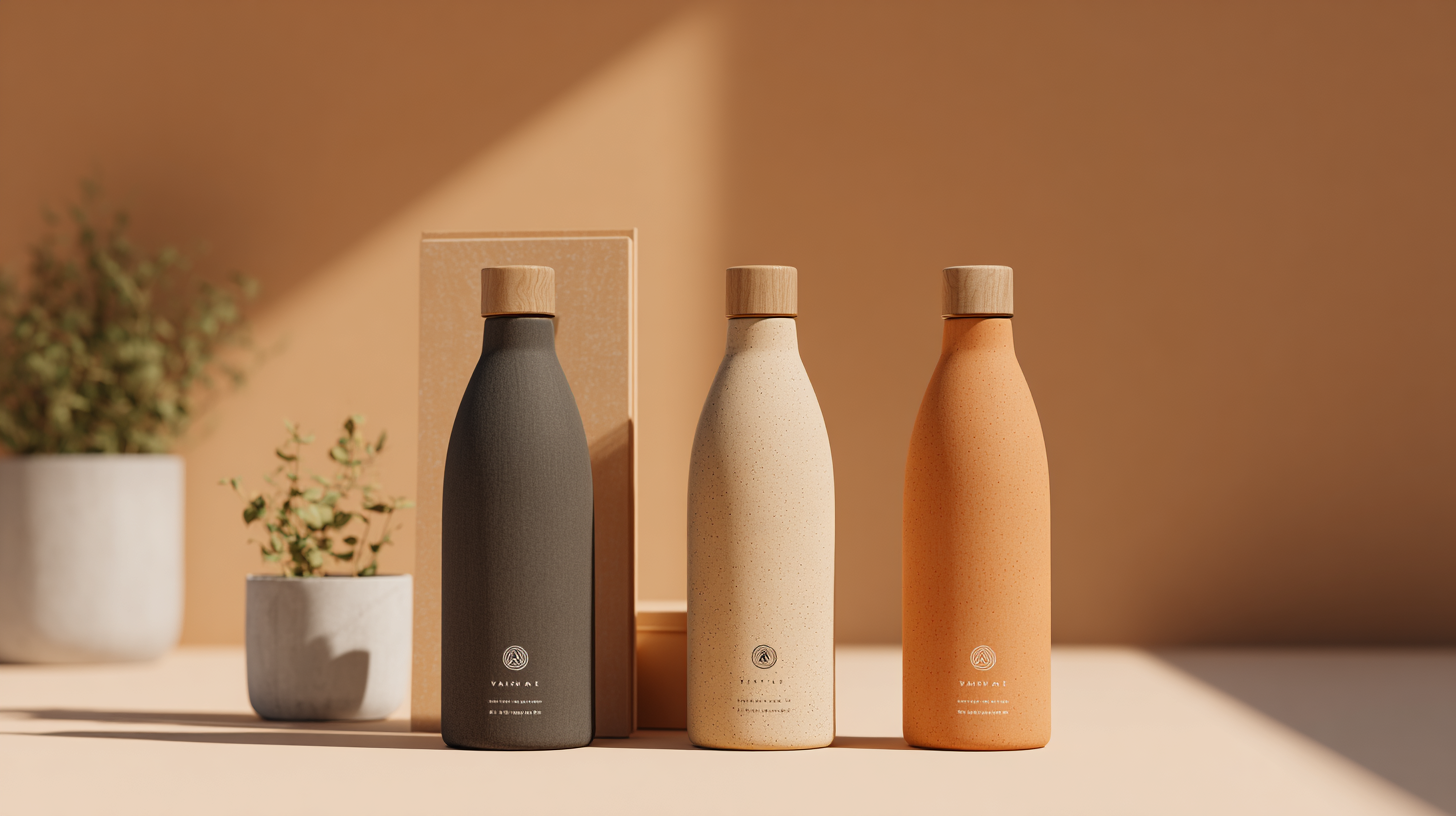
The role of biodegradable plastics in eco-friendly bottle designs is becoming increasingly prominent as the market for water bottles expands significantly. The global water bottle market is projected to grow from $9.71 billion in 2025 to $13.12 billion by 2032, driven by rising consumer awareness and demand for sustainable products. Biodegradable plastics present a promising solution to address plastic pollution by offering alternatives that can break down in natural environments, reducing the environmental impact associated with traditional petroleum-based plastics.
Innovations in biodegradable plastics are being propelled by research and collaboration among innovators, focusing on developing materials that can serve practical purposes while being environmentally friendly. For instance, recent advancements have led to the creation of alternatives that dissolve in sea water, showcasing the potential for significant reductions in ocean plastic waste. As companies continue to invest in sustainable packaging solutions, the integration of biodegradable materials into bottle designs will play a vital role in shaping a circular economy and ensuring that packaging waste does not contribute to landfills or marine pollution.
| Material Type | Biodegradability (Years) | Recyclability | Carbon Footprint (kg CO2e) | Cost Comparison (per 1000 units) |
|---|---|---|---|---|
| PLA (Polylactic Acid) | 1-3 | Yes | 3.5 | $250 |
| PHA (Polyhydroxyalkanoates) | 3-6 | Yes | 4.0 | $350 |
| Bio-PET (Bio-based Polyethylene Terephthalate) | 5-10 | Yes | 2.5 | $300 |
| Starch-based Plastics | 2-3 | Yes | 5.0 | $280 |
| Cellulose-based Plastics | 1-2 | Yes | 3.0 | $320 |
As the demand for sustainable products rises, the beverage industry is witnessing a significant shift towards eco-friendly packaging solutions. Case studies of successful sustainable bottle packaging illustrate innovative strategies that not only reduce environmental impact but also appeal to conscious consumers. Notable examples include companies that have adopted biodegradable materials, which decompose more efficiently, and those that utilize recycled plastics in their bottle designs. This approach not only minimizes waste but also establishes a brand identity centered around sustainability.
Tips for companies looking to innovate in bottle packaging include assessing the lifecycle of materials used, opting for supply chains that prioritize renewable resources, and engaging consumers in the sustainability narrative. Furthermore, brands can benefit from transparency in their packaging processes, showcasing the eco-friendly credentials that matter to modern consumers.
With consumers increasingly turning to sustainable options—89% have switched to purchasing eco-friendly products—brands must evolve or risk falling behind. By analyzing successful case studies, companies can develop strategies that resonate with this growing market segment while contributing to a healthier planet.
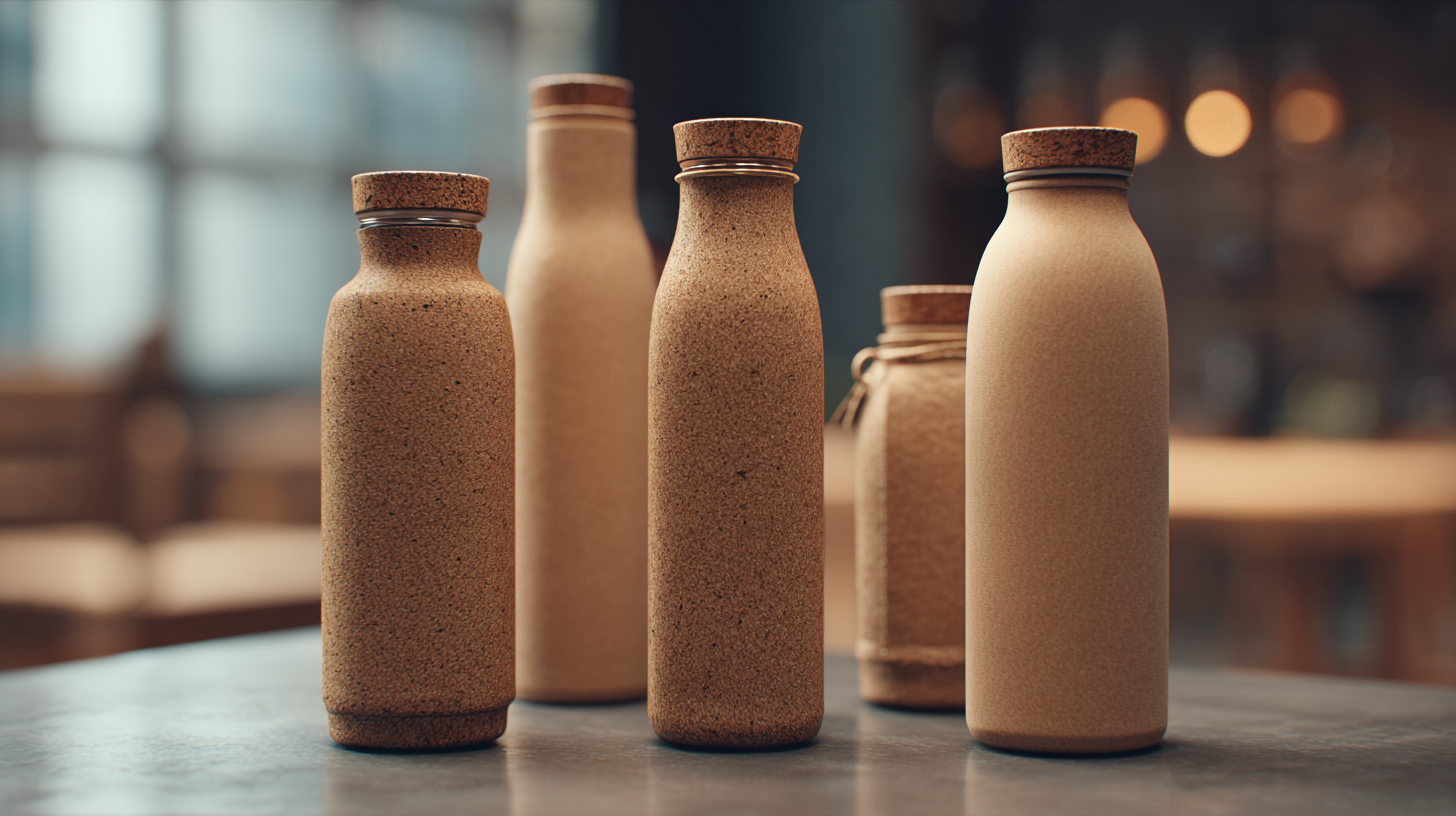
The growing consumer awareness around environmental issues is driving innovative changes in bottle packaging. Recent studies indicate that 74% of consumers are willing to pay more for sustainable packaging, highlighting a significant shift in purchasing behavior fueled by eco-consciousness. This indicates that brands must prioritize sustainability not just as a trend, but as a core aspect of their identity to engage effectively with today's environmentally aware shoppers.
Industry reports suggest that incorporating eco-friendly materials, such as recycled plastics and biodegradable options, leads to enhanced brand loyalty. A survey from the Sustainable Packaging Coalition found that 61% of consumers have changed their buying habits to reduce environmental impact, underscoring the urgency for brands to adapt. By leveraging innovative designs that resonate with eco-friendly values, companies can significantly boost consumer engagement and foster a stronger emotional connection with their target audiences, ensuring long-term sustainability in both product and brand loyalty.
The sustainable innovations in bottle packaging are shaping the future of eco-friendly designs, driven by increasing consumer demand for environmentally responsible products. According to the FMCG Packaging Market analysis, over 70% of cosmetics brands are shifting towards sustainable packaging solutions in alignment with consumer preferences. This trend reflects a broader movement within the industry, as brands recognize that sustainable practices not only enhance their marketability but also address the growing environmental concerns related to plastic waste.
The recycled PET (rPET) bottle market is poised for significant growth, projected to increase from $5.3 billion in 2023 to $10.0 billion by 2032, with a compound annual growth rate (CAGR) of approximately 7.3%. This data illustrates a robust demand for recycled materials, emphasizing the shift towards sustainability. Furthermore, initiatives such as lightweight aluminum cans highlight innovative approaches to reduce environmental footprints. These developments underscore a transformative trend within the bottle packaging sector, as companies innovate to meet the dual challenges of consumer expectations and environmental responsibility.



